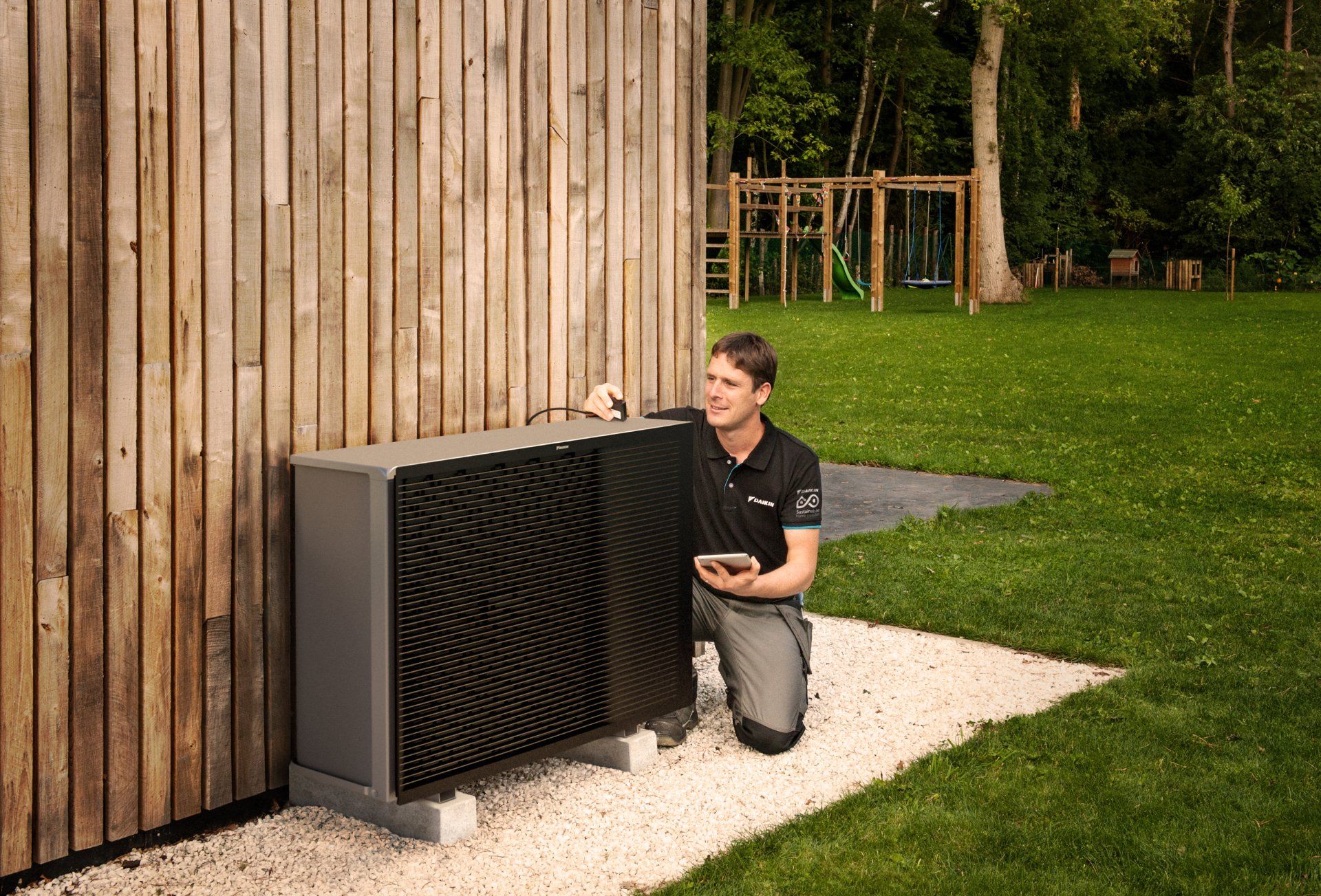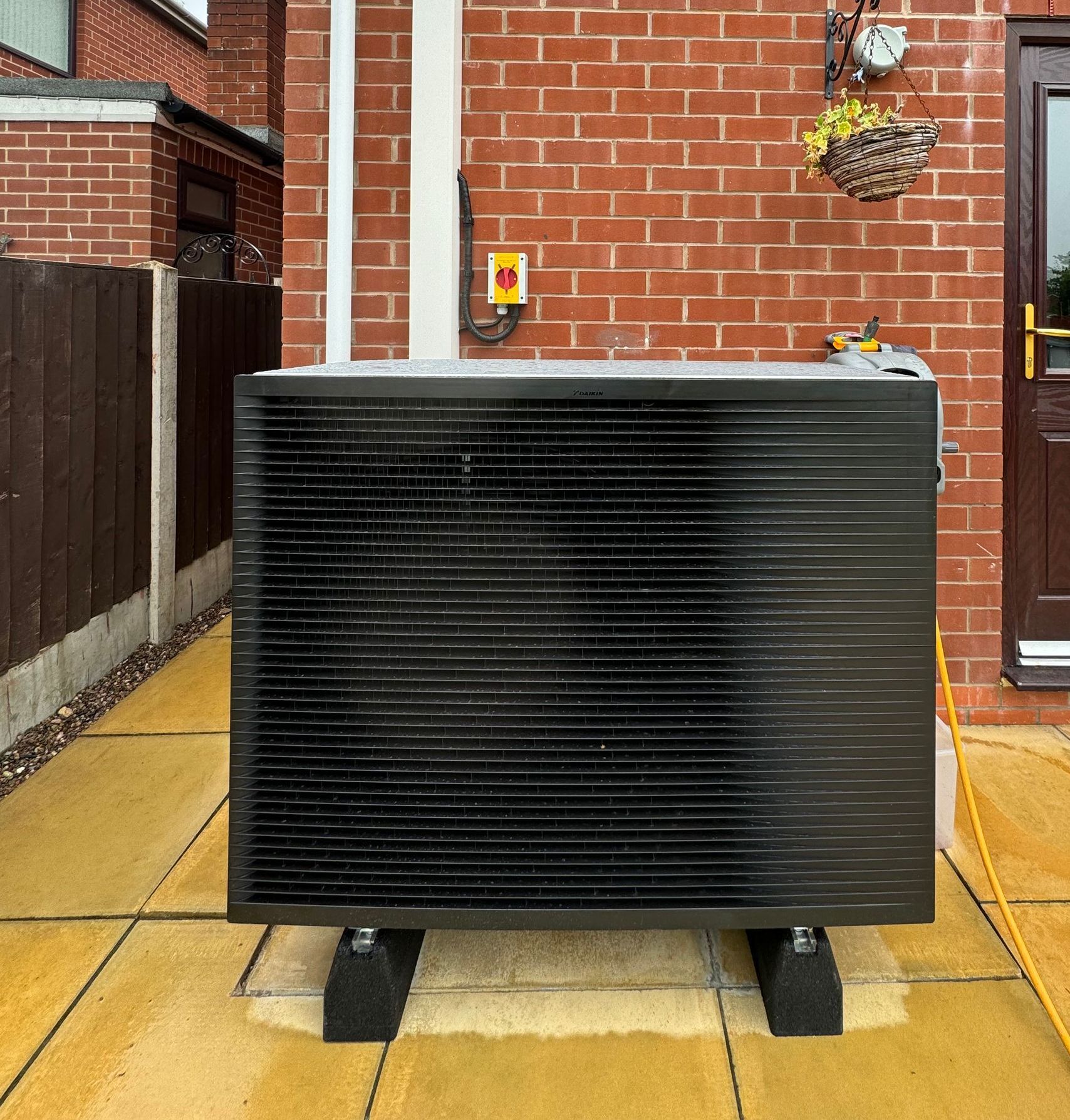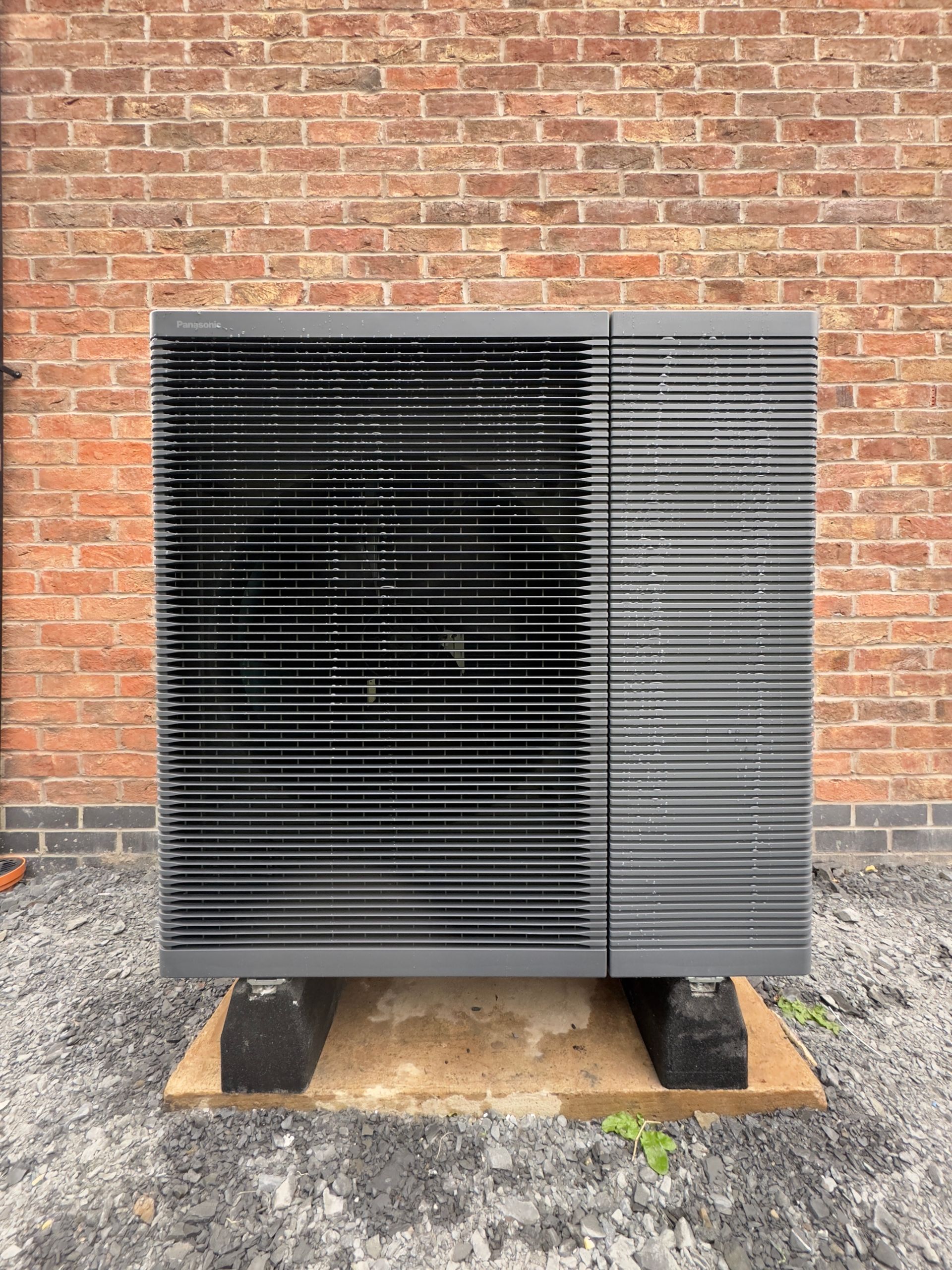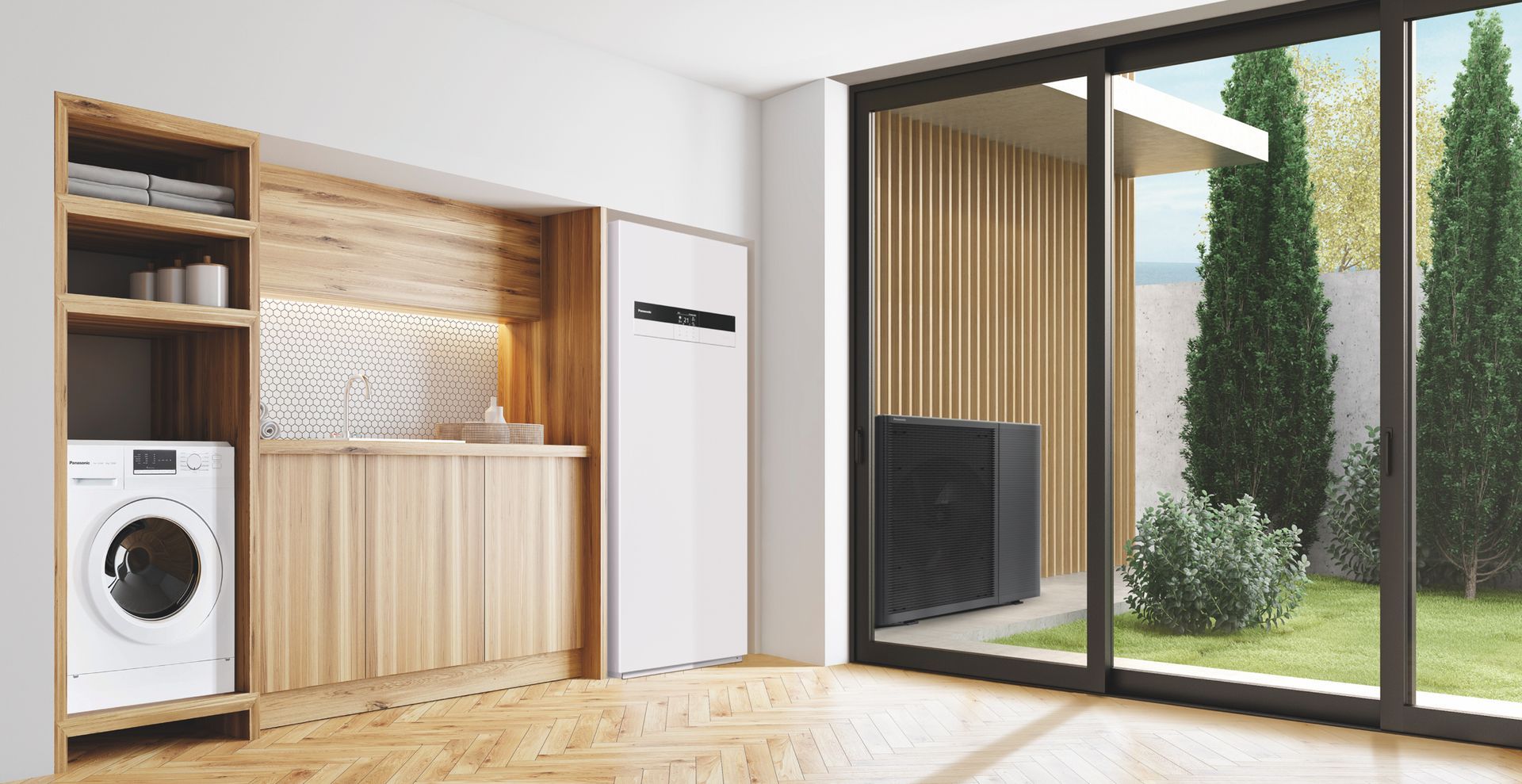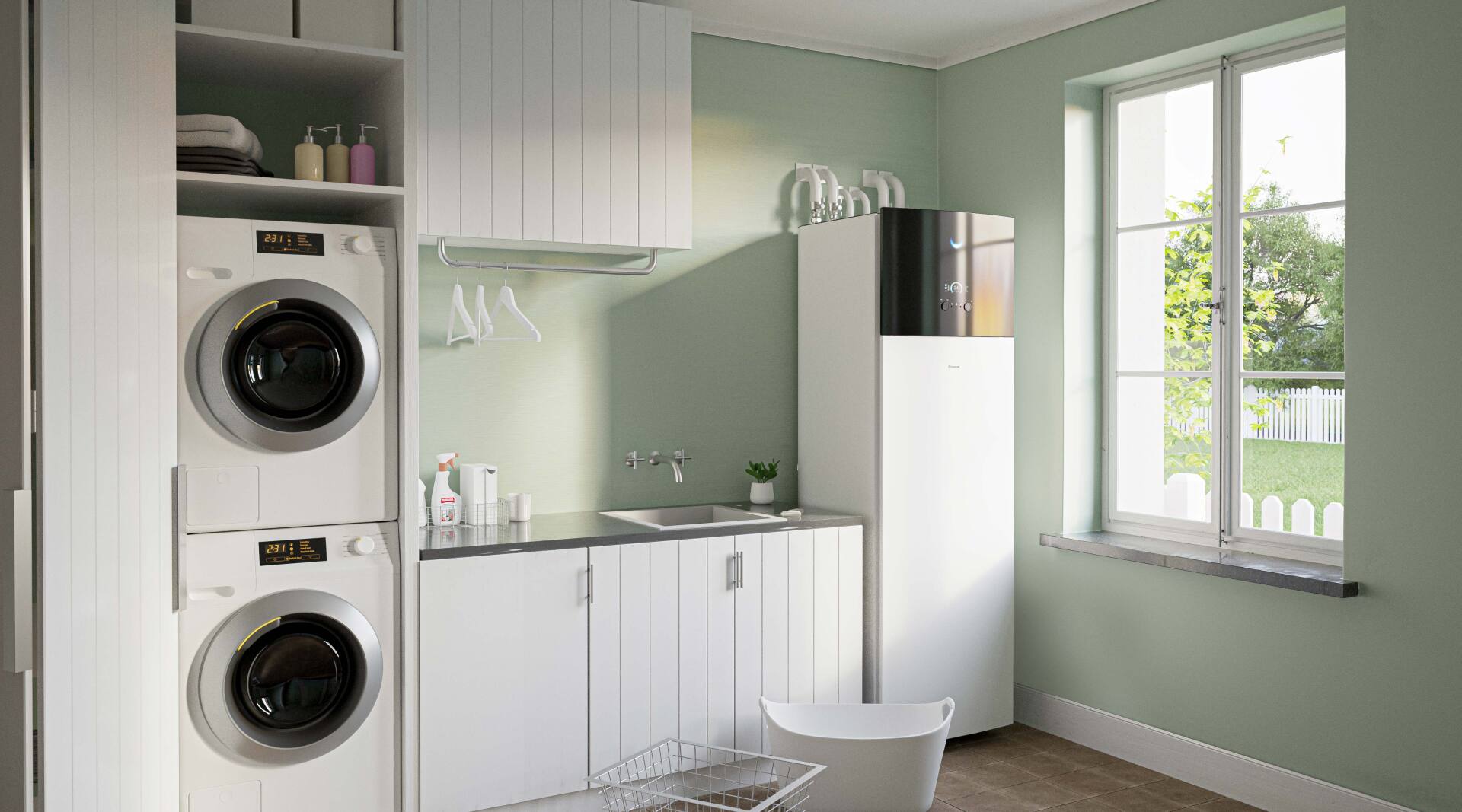Unleashing the Power of Air Source Heat Pumps
Air Source Heat Pumps (ASHPs) present an ideal low-carbon solution for households seeking efficient heating and hot water systems. By harnessing the freely available heat energy from the air, ASHPs significantly reduce reliance on fossil fuels, helping combat climate change while reducing your carbon footprint. At AIR2HEAT LTD, we are proud to offer you this revolutionary technology and therefore offering you a sustainable way to transform your home's energy consumption. Step into a world where environmental responsibility meets unparalleled comfort. Imagine a heating solution that not only warms your home during the colder months but also delivers piping hot water for baths and showers, all while dramatically reducing your carbon footprint. That's the power of Air Source Heat Pumps.
At AIR2HEAT LTD, we believe in partnering with the some of the best names in the industry enable us to provide you with Premium heat pumps. Our forged partnerships with market-leading brands like Samsung, Daikin, Mitsubishi Electric, and Hitachi ensure that you receive the highest quality heat pumps available. These brands are renowned for their innovation, reliability, and energy efficiency, empowering you to make a sustainable choice for your home.
With the rising costs of fossil fuels such as oil and gas a significant number of families are looking for ways to reduce their energy bills. Air Source Heat Pumps tackle this issue head on. Experience unparalleled energy efficiency as Air Source Heat Pumps deliver an clean, efficient performance. With advanced heat exchange technology, these state-of-the-art systems consume significantly less electricity compared to conventional heating methods, reducing your energy bills and saving you from high energy costs in the long run.
Unlike traditional heating systems that rely on fossil fuels, these eco-friendly systems utilize clean, renewable energy sources, making them the smart choice for a greener home. By reducing the carbon footprint of your home, you can now actively contribute to the fight against climate change without compromising on comfort. For readers that are not yet familiar with how the renewable technology operates, there is a helpful and informative video below that offers a good explanation of how a heat pump operates.
Join the growing community of environmentally conscious individuals and businesses who have made the switch to Air Source Heat Pumps. Together, let's create a more sustainable tomorrow, one heat pump at a time.

An initial site visit had been arranged to meet with our Client to evaluate the practicalities of having an air source heat pump installed within the property. One of the important factors is that our Client could not have the unit close to the House as there was no practical location for the heat pump to be installed. One location was too close to the neighbouring farm land fence and the other location did not offer the correct clearances and the heat pump would face directly into potential strong winds so neither option was suitable. The garden to the rear of the property had a slight upward gradient and looked as though it had the potential but the type of air source heat pump would be the crucial factor in this scenario as the suggested location would be approximately 8 meters away from the House. A hydraulically split air source heat pump would have needed a trench in which pre-insulated 35mm equivalent pipes would need to be laid in. Upon reaching the House, the 35mm pipes would need to convert to copper pipe and then be surface mounted to where it would route up the external wall, through into the loft space and then down into the airing cupboard. On this project that approach had no appeal due to cost, a more simplistic approach was required to make this project seamless. The refrigerant split Panasonic Aquarea K Series offered the best solution as it would mean we could come up with a solution that would have the unit sited in a location 8m away from the House, a trench with a ducting could house and protect the pre-insulted 1/4" and 1/2" refrigerant copper pipes and power cable, as the pipes reach the House we could use surface mounted trunking to neatly house the pre-insulated refrigerant pipes, the trunking would route the pipes into the large loft space where the Panasonic Bi Bloc would be mounted on the gable, from the Bi Bloc the Secondary Space Heating Flow and Return copper pipes would pass down into the airing cupboard to supply the 3 Port Valve and the DHW Cylinder. Although this was the most suitable solution we knew that some groundwork preparation would be needed and we knew some form of a wind barrier would certainly be a necessity to ensure the heat pump performance wasn't affected by any strong winds.
Discover the Future of Heating and Cooling with Panasonic Air Conditioners and Air-to-Air Heat Pump Technology
In this blog, we delve into the innovative Panasonic Air Conditioners and Air-to-Air Heat Pump technology, designed for both residential and commercial use. Learn how these advanced systems offer unparalleled heating and cooling efficiency, even in extreme climates like the Scottish Highlands, where they can still provide efficient heating even when outdoor temperatures are as low as -30 degrees.
Explore the superior features that not only ensure optimal air conditioning but also provide superior air quality in your home or workspace. This technology represents a significant advancement in maintaining comfortable and clean indoor environments.
For comprehensive supply and installation services, contact us today and experience the next level of comfort and efficiency with Panasonic.

A recent testing and review of the smart, new Panasonic Etherea air conditioning system at our product review facility.
In this blog, we take a deeper look into the innovative Panasonic Air-to-Air Heat Pump technology and Air conditioners. These advanced systems are designed for both residential and commercial use. Offering unparalleled heating & cooling efficiency, even in some of the more challenging climates such as Scotland where the technology can provide guaranteed heating operation even at outdoor temperatures as low as -30 degrees.
The Panasonic technology has superior features that not only ensure optimal air conditioning but also delivers superior air quality in your home or workspace.
For supply and installation, contact us and experience a whole new level of comfort and efficiency with Panasonic Air to Air technology.

Say Hello to Future of Heating & Cooling with Daikin Air Conditioners and Air-to-Air Heat Pump Technology
In this blog, we wanted test for ourselves the Innovative Air-to-Air Heat Pump technology, designed for both residential and commercial use. These advanced A2A systems offer superior heating and cooling efficiency, even in challenging climates such as the Scottish Highlands, where the units can efficiently deliver heating even when outdoor temperatures are below freezing down to -30 degrees
This technology represents a significant advancement in maintaining comfortable and clean indoor environments. These superior features not only ensure optimal air conditioning but also enhance air quality in your home or workspace.
For supply and installation, contact us for a quotation and experience the next level of heating & cooling efficiency with Daikin technology

